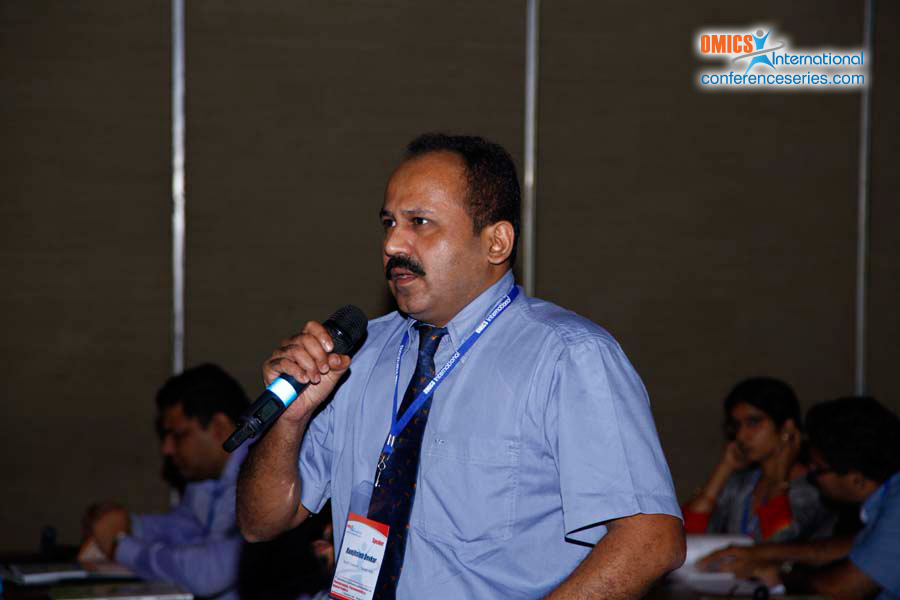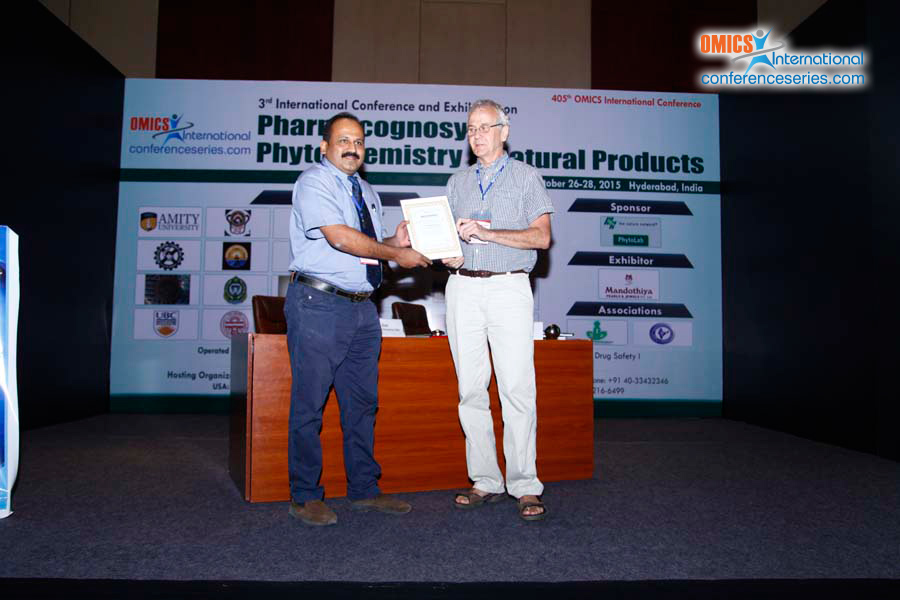
Ranjitsinh Devkar
The M S University of Baroda, India
Title: Anthocyanin rich extract from red cabbage (Brassica oleracea) reduces oxidative stress and prevents apoptosis in stressed rat cardiomyocytes
Biography
Biography: Ranjitsinh Devkar
Abstract
The colourful bioflavonoids are highly publicized for their free-radical scavenging and antioxidant capacities and form the basis of preventive medicine. Anthocyanins have been reported to be protective against a myriad of human diseases including myocardial infarction, atherosclerosis and cancer. This study assesses therapeutic potential of anthocyanin rich extract of Brassica oleracea (Red cabbage; ARCE) against experimentally induced oxidative damage in H9C2 (rat cardiomyocytes) cells through a carefully scripted protocol. ARCE was prepared and validated using standard procedures and H9C2 cells were pre-treated with the same (250 µg/ml) for 24 h. Later, cells were subjected to H2O2 (100 µM) induced oxidative stress (12 h). Cytotoxicity assay showed significantly less (5.86%) mortality in ARCE+H2O2 treated group as compared as compared to the H2O2 group (48.44%). Also, H2O2 treatment accounted for intracellular high oxidative stress and lower mitochondrial membrane potential. The same was comparable to control values in ARCE+H2O2 treated groups. Also, the expression of antioxidant (SOD and CAT), apoptosis (BAX and Bcl2) and cardiac marker (Caveolin 3) genes were assessed that further corroborated protective role of ARCE against H2O2 induced cardiotoxicity. ARCE pre-treatment also accounted for decreased indices of apoptosis in ARCE+H2O2 (19.1%) group as compared to H2O2 treated group (57.3%). These observations are first report on cardioprotective potential of anthocyanins from ARCE that add further value to Brassica oleracea as a functional food.




